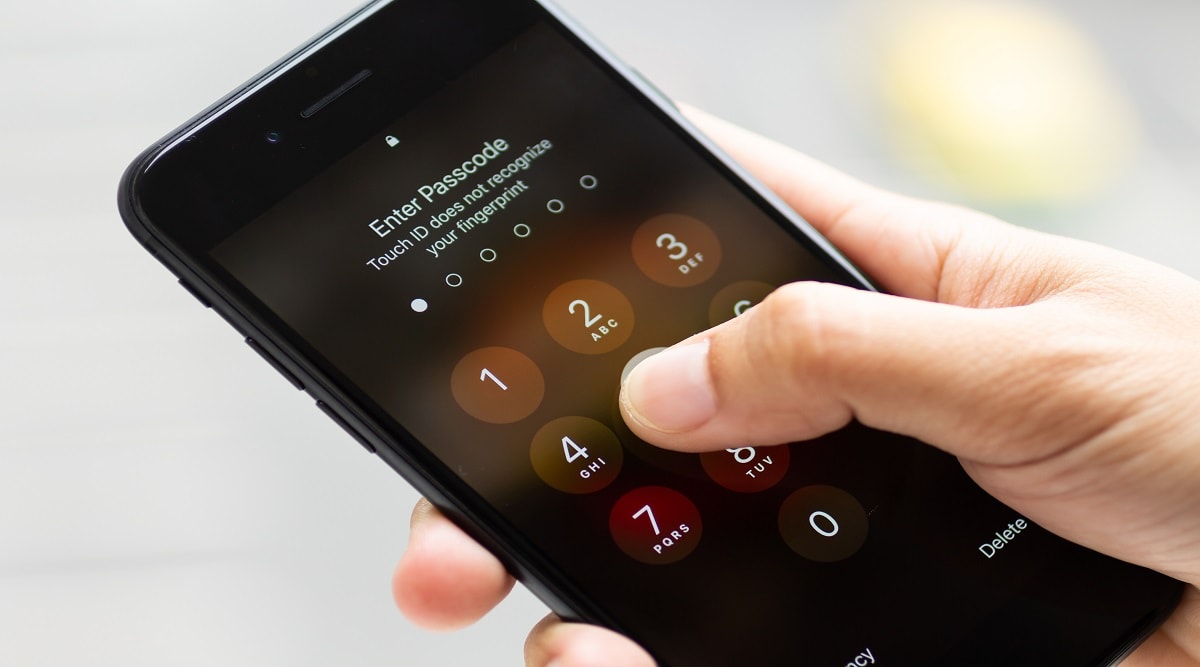Living in today’s digital society means that keeping private information and data secure is the top priority for companies and most individuals. Mobile cybersecurity is more personal than you think. Keep in mind that your digital footprint could hold your entire identity. Should the data fall into the wrong hands, recovery can be next to impossible. However, tech companies are doing their best to create new defenses via mobile application development. But hackers are constantly innovating, thus it’s important to find ways to protect your data and information to keep yourself from being victimized by scammers.
With these invisible threats terrorizing private data on personal devices, we should know how to protect ourselves. Here are 8 mobile cybersecurity threats you should be worried about right now.
1. Leaked Mobile Data
Leaked data is considered a top threat to enterprise security. What makes it especially infuriating is that it’s not often inherently malicious. It’s more of users unknowingly making ill-advised decisions on which applications can view and transfer data and information.
For this kind of threat, there are data loss prevention tools that could be the most effective protection form. The software is explicitly designed to prevent exposure of sensitive data, such as in accidental incidences.

2. Wi-Fi Obtrusion
Remember that a mobile device is only as secure as the network it’s connected to. In an era where most people connect to public Wi-Fi networks, nearly a quarter of mobile users have connected to possibly unsecured and open Wi-Fi networks.
Without a VPN, it leaves a lot of doors open on one’s perimeters. However, choosing the right enterprise-class VPN is not that easy. VPN delivery should be more intuitive on mobile devices. An effective VPN should be aware of when to activate, and only when absolutely necessary.
3. Social Engineering
An alarming 91% of cybercrime begins with email. Phishing grew by 65% in 2018 from 38% in 2017. Users are more likely to respond to a phishing attack on a mobile device than on a desktop, partly since a phone is where people most likely are to see a message first.
More and more phishing attacks also occur in text messages, along with other social media services and games. Using hardware-based authentication, whether through dedicated physical security keys such as the Titan of Google or through its on-device security key option for Androids, is deemed the most effective way to boost security and minimize the odds of a phishing-based takeover.

4. Outdated Mobile Devices
Smartphones, tablets, and other smaller connected devices, known commonly as the Internet of Things (IoT), pose a new threat to enterprise security in that, not like traditional devices, they don’t generally come with guarantees of ongoing and timely software updates. The IoT is the same as an open door. A strong policy goes a long way. Until the IoT space becomes less unregulated, it would depend upon an organization to build its own security net around.
5. Inferior Password Hygiene
There are still mobile users that fail to properly secure their accounts. When they carry around their phones containing personal and company account sign-ins, this could be especially worrisome. Only a quarter of American people are actively utilizing a password manager, which indicates that a large majority have no robust passwords in particular.

6. Cryptojacking
A seemingly new addition to the relevant mobile threats list is cryptojacking. An attack in which someone uses the device for cryptocurrency mining without the owner knowing about it. The process uses organization devices for the gain of someone else.
For now, it is important to choose devices carefully and to stick to a policy that requires a user to download apps only from the official platform storefront.
7. Fraud in Mobile Apps
Mobile apps generate a large amount of revenue. Cybercriminals obviously follow the money; thus it’s not surprising that they found ways to pump cash from the mobile ad revenue streams. Ad fraud could take various forms, but the most common is the use of malware for generating ads clicks that seem to be coming from a legitimate user using a legitimate website or app.

8. Breaches in Physical Devices
A device that’s lost or unattended can become a major risk in security, especially if it does not have a robust password or pin, and full data encryption as well.
Business organizations should not leave the responsibility in the user’s hands, because that is not enough. Never make assumptions, but make policies when it comes to device security.
Mobile Security Takeaways
With the mounting number of mobile devices used, the need for mobile security is gaining ground. Now more than ever, it’s absolutely critical for users and manufacturers to ensure robust cybersecurity measures to minimize the threats that pose to our private information.




